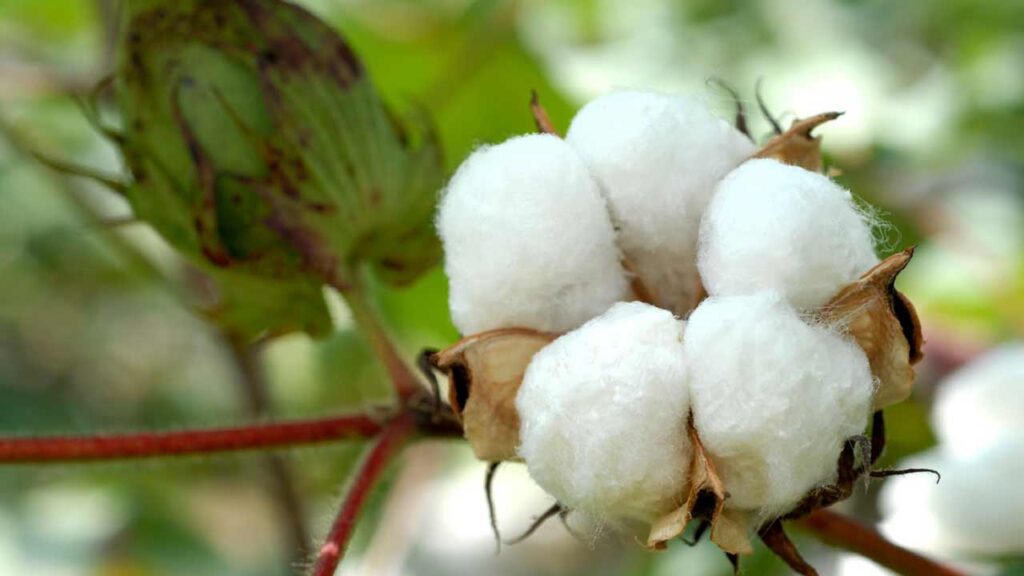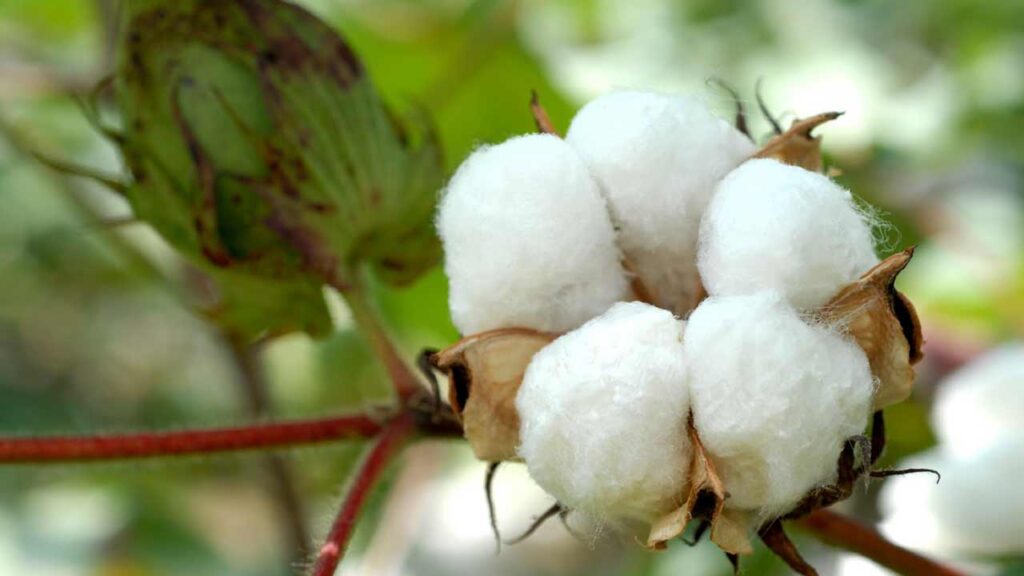The History Of Cotton

Cotton is a natural fiber from the cotton plant and used mainly for the manufacture of textiles. Here we are going to be interested in the history of cotton!
- At the origin of the use of cotton
- Cotton industry and slavery
- Development of cotton production in the world
- The cotton yarn manufacturing process
- Spinning is the process of transforming raw cotton into yarn.
- Turkey, the only country producing cotton without genetic modification

Cotton is the most widely used natural textile fiber in the world. The cotton industry accounts for almost half of the world’s consumption of textile fibers. It has undergone many changes since the 19th century thanks to the progress of industrialization.
At the origin of the use of cotton
The origin of the use of cotton seems to go back to the dawn of time. After much research, the oldest example of cotton weaving identified dates back to 4,500 years B.C. In a Neolithic tomb in Mehrgarh, Pakistan, archaeologists have indeed discovered a cotton thread, preserved within a copper pearl. Cotton thread nets were also found in Peru at the archaeological site of Caral and dated around 2,500 BC. J.C.
We then find mentions of cotton in sacred Indian texts (the Rig Veda) around 1500 BC. A.D. and in the writings of Herodotus (a Greek) in 445 BC. A.D. It should be noted that cotton is not mentioned as such in the Rig Veda : “threads on a loom.”
Outside the American continent, the cultivation of cotton was initially imitated in India and then moved to Arabia and Upper Egypt (south of Egypt). Towards the 1st century, trade with western Indian fabrics sketches the first cotton economy. Simultaneously, the Arabs developed the culture of cotton in Africa through their conquests.
In the 17th century, Indian cotton, light, and often colored fabrics began to be manufactured in Europe, coming to compete with the production of silk, wool, linen, and hemp., some edicts were banning the import and manufacture of cotton cloth in order to protect these producers, at the end of the 17th century.
Cotton industry and slavery
In the 18th century, France produced and processed cotton. The cotton industry became mechanized from 1780 onwards, thanks in particular to the innovations of the British, who invented multi-spindle spinning machines.
Cotton manufacturing is not only developing in Europe. Between 1790 and 1805, the United States produced nearly 70% of the world’s cotton. Slaves produce most of this cotton. In 1830, there were more than two million black slaves in the United States. In 1860, the Americans produced 80% of the world’s cotton production, estimated at 850 thousand tons.
The Civil War then marked a break in American exports. As a result, Europe was hit by a severe cotton crisis, and in September 1862, nearly 250,000 British workers were out of work. Europe is then looking for alternatives. India and Egypt then returned to the forefront and massively supplied cotton to the West.
Paradoxically, if India supplied England with cotton at the end of the 19th century, it was also India, which was forced to buy cotton textiles made… by England. This situation led to a cultural and social revolution in 1920, of which Gandhi was the symbol.
Development of cotton production in the world
In terms of volume, world cotton production in 1924 is estimated at 6 million tonnes, supplied by five countries in the world.
However, after the Second World War, the cotton-producing countries diversified. West Africa developed its production and became the second world exporter of cotton around 1980. At the same time, Asian production developed, notably in Pakistan and China.
Today we manufacture around 25 million tonnes of cotton a year. China consumes 40% of this production.
The history of cotton is fascinating. It has contributed to the development of globalization through its international commercialization and to the industrial revolution. The cotton industry also has dark sides since it has been driven by slavery, child labor, and has been the cause of social severe crises in all countries of the world and even today.
Cotton yarn manufacturing process
After harvesting the cotton capsules, the separation of the fiber and the seed is carried out by mechanical ginning. Eli Whitney designed the First mechanical ginning machine at the end of the 18th century.
The cotton fibers are first threshed to remove some of the dust and foreign matter and sorted before being pressed into bales for more comfortable transport to the spinning mills.
Spinning is the process of transforming raw cotton into yarn.
1) The bales are opened and beaten in a cleaner-beater to remove foreign matter from the cotton.
2) Carding, which consists of separating the fibers from each other, combing them, straightening them, and cleaning them, makes it possible to obtain a carding tape with a width of approximately one meter.
An optional combing operation is carried out for the manufacture of very high-quality fabrics.
3) Stretching (or doubling) makes it possible to harmonize the thickness of the carding sliver by stretching the fibers between different rubber rollers rotating faster and faster.
4) The fibers can then undergo treatments such as bleaching or dyeing.
5) Finally, several ribbons are stretched and twisted together to give the final thread. The twist brought to the yarn is more or less important according to the use for which it is intended.
Turkey, the only country producing cotton without genetic modification
Technical Information Unit Chairman of the International Cotton Advisory Committee (ICAC) Keshav Kranthi said Turkey is the only country producing organic cotton without genetic modification
Certified organic cotton is grown in 22 countries (according to The Cotton Exporter’s Guide, from the International Trade Center), mainly Turkey and India, but also China and the United States. Compared to total cotton production, that of organic cotton remains marginal but seems to be increasing.
If you wish to buy Cotton and Cotton based products from Turkey, please do not hesitate to contact us by mail at [email protected] or to call us at +90 532 361 5149. We can help you to get in direct contact with producers or provide you everything that you need.


